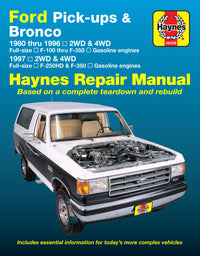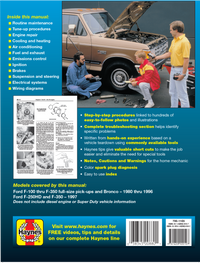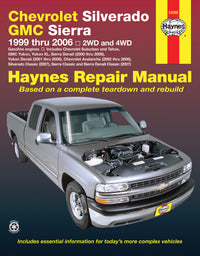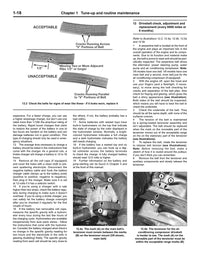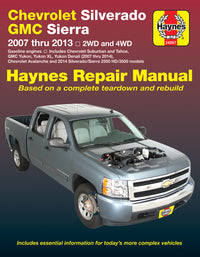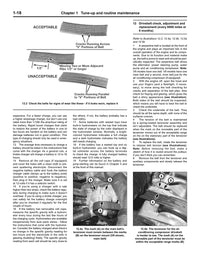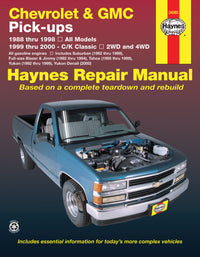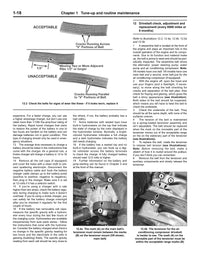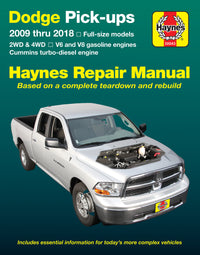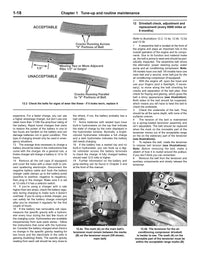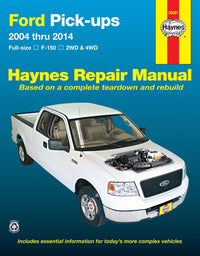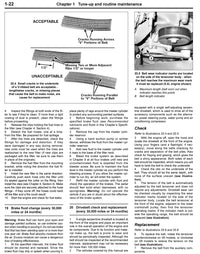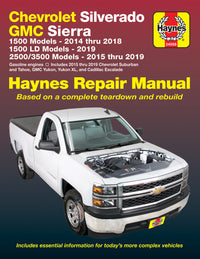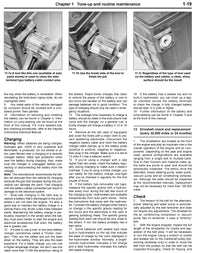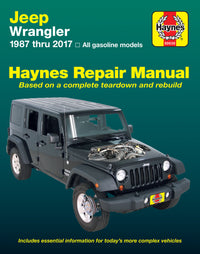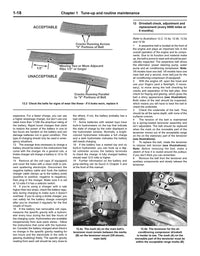The Compact SUV with a DIY secret
The Chevrolet Trax doesn’t get the spotlight like some of its bigger SUV cousins, but for thousands of drivers, it’s the quiet hero of daily life. Compact enough for city parking, tough enough for Midwest winters, and surprisingly roomy for its size, the Trax punches above its weight in practicality.
As the Haynes team have spent years under the hoods of hard-working vehicles, we can tell you: this is one of the most overlooked but DIY-friendly small SUVs on the road.
Let’s dig into how real-world usage affects maintenance, and how DIY ownership with a Haynes manual can keep your Trax performing without the price tag of a mechanic.
Chevrolet Trax Overview: A Small SUV Built for Big Tasks
First launched globally in 2013 and arriving in the U.S. in 2015, the Chevy Trax quickly carved out a niche among urban commuters, new drivers, college students, and budget-minded small families. The 2024 redesign added style and space, but the Trax’s reputation was built on being a no-nonsense, daily-drivable crossover.
How Trax Drivers Actually Use Their SUVs — and What That Means for Maintenance
- Urban and suburban daily drivers
- First-time car buyers and college commuters
- Budget crossovers for snowbelt states
- Ride-share or delivery service vehicles
Each of these use cases creates different wear-and-tear patterns that shape what needs attention first — and often, what you can fix yourself with the right guidance and/or manual from Chilton or Haynes.
| Usage | Wear Points to Watch |
|---|---|
| Commuting | Brake pad wear, starter motor strain, spark plug fouling from short trips in the city or down the road |
| Snowbelt / AWD Use | AWD transfer case service, underbody rust, wheel speed sensor failures |
| Rideshare / Delivery | High oil change frequency, HVAC blower wear, suspension bushings |
| Young Driver / Student | Wheel alignment, TPMS issues, engine air filter neglect (sorry guys, don't blame us!) |
“The Trax is incredibly forgiving — but that doesn’t mean it’s maintenance-free. Let it go too long without an oil change or coolant flush, and you’ll be fixing bigger issues sooner than you’d like.” Haynes Editorial Team
DIY Fixes for the Chevrolet Trax
Maintenance & Repair Needs:
- Ignition coil and spark plug replacement (especially on 1.4L turbo engines around 60K–80K miles)
- Turbo oil feed line leaks due to heat cycling
- Thermostat housing failures (causing coolant leaks or check engine lights)
- CV axle boot tears and strut mount wear
- TPMS sensor resets after tire swaps
- Battery terminal corrosion and low-voltage start issues
"We believe a DIYer can tackle 70-90% of these issues at home - the Haynes manual will include torque specs, sensor locations, and step-by-step instructions that remove the guesswork" Haynes Editorial Team
2024 onwards Trax Redesign
More Style, More Space, Still Simple Underneath
The new-generation Trax debuted in 2024 with a longer wheelbase, sleeker design, and a 1.2L turbo-charged engine replacing the previous 1.4L turbo. While the tech has improved, it’s still a fundamentally approachable vehicle for DIY servicing.
New Maintenance Considerations:
- Engine air filters and spark plugs are easy to access but critical for efficiency
- Infotainment system resets and software updates will become more common with age
- Belt-driven accessories should be inspected regularly, especially in hot climates
- Brake servicing is straightforward, and most owners can do pads and rotors themselves
"Even with its modern styling, the new Trax still rewards hands-on ownership. Haynes is already building documentation for key DIY tasks like oil service, accessory belt tensioning, and sensor troubleshooting.” Haynes Editorial Team
Why Every Chevy Trax Owner Should Have a Haynes or Chilton Manual
The Trax is one of the most affordable and reliable crossovers on the market - and that makes it the perfect candidate for DIY action. A Haynes manual gives you the freedom to:
- Perform your own oil, filter, and spark plug changes
- Diagnose check engine lights with clear troubleshooting charts
- Understand sensor locations for TPMS, MAF, and coolant temp faults
- Use wiring diagrams to safely add accessories like dash cams or trailer lighting
- Avoid unnecessary repair bills with accurate repair steps and tools lists
"Whether you’re a college student, rideshare driver, or a parent keeping your teen’s Trax on the road — a Haynes manual gives you independence, confidence, and we hope serious savings!.” Haynes Editorial Team




